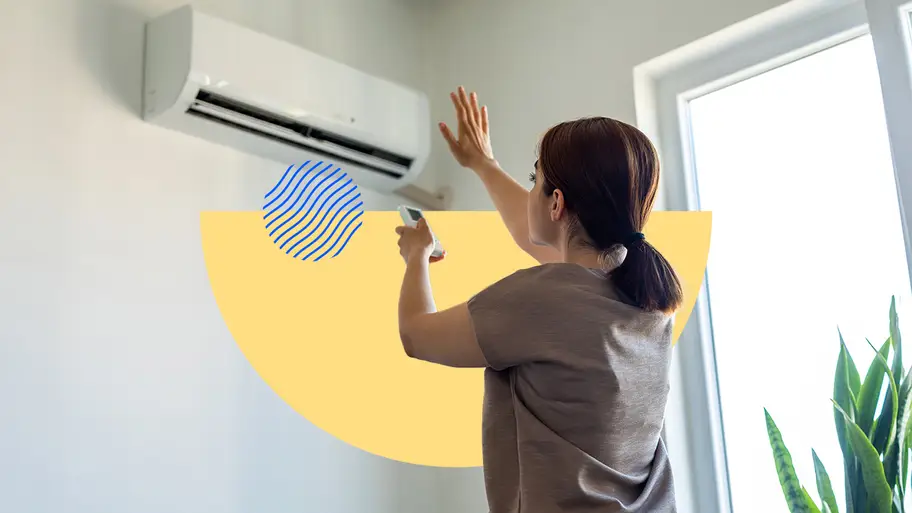1. Schedule Preventative Maintenance: Perform annual maintenance checks, including inspecting refrigerant levels, cleaning coils, and checking the blower motor and electrical components.
2. Filter Management: Replace or clean air filters with a high MERV rating (Minimum Efficiency Reporting Value) every 1-3 months to improve airflow and filtration efficiency.
3. Duct Sealing: Use mastic sealant or aluminum foil tape to seal leaks in ductwork, reducing air loss and improving system efficiency.
4. Thermostat Upgrade: Install a programmable or smart thermostat to optimize cooling schedules and remotely control temperature settings.
5. Ensure Proper Airflow: Measure static pressure in the duct system to ensure there are no blockages or restrictions, and use a manometer to check for proper airflow.
6. Optimize Ventilation: Use anemometers to check air velocity and balance the air distribution by adjusting dampers in the duct system.
7. Enhance Insulation: Upgrade insulation in attics, walls, and ductwork to R-38 or higher to minimize thermal loss and improve system performance.
8. Install UV Lamps: Use UV lamps in the air handler to prevent mold and bacteria growth on coils, which can improve system efficiency and indoor air quality.
9. Adjust Refrigerant Charge: Ensure the refrigerant charge matches the manufacturer’s specifications using superheat and subcooling measurements to maximize efficiency.
10. Upgrade to Variable Speed Units: Consider upgrading to a variable speed or inverter-driven AC unit, which can adjust its cooling capacity based on demand, resulting in improved efficiency and comfort.

